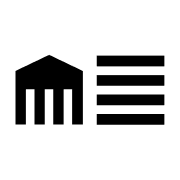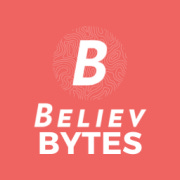This week's best things #78
Cleveland Museum of Art’s revamped collection site, Atkinson Hyperlegible font, James Meek on AI desire, Lauren Pope on translating content for leaders, my piece on digital strategy focus, AWS outage bricking smartbeds, Herzog on Instagram.

A much shorter version this week, because I am on holiday (running in the Lower Engadin Valley in Switzerland) - a heady mix of sunshine, snow, and minus temperatures is forecast.
I was overly ambitious with my AI webinar content this week, and there were loads of great questions - so we're planning a part 2 which will take place over the next couple of weeks. More details as soon as I have them.
Here are a few good things.
Cleveland Museum of Art
I spotted that the Cleveland Museum of Art have relaunched their online collection, worth a look - some nice features although I don't love all of the UI and UX choices.
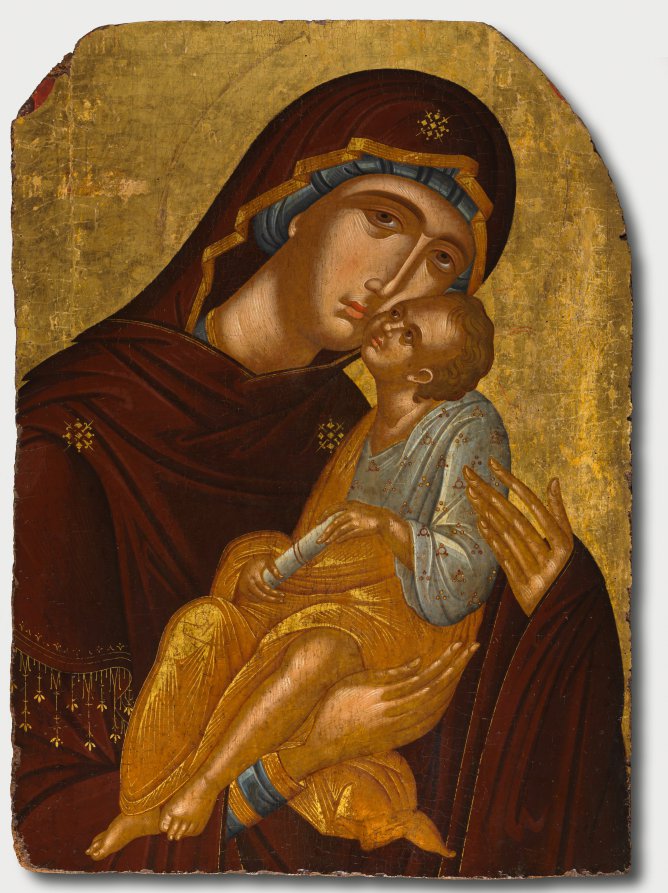
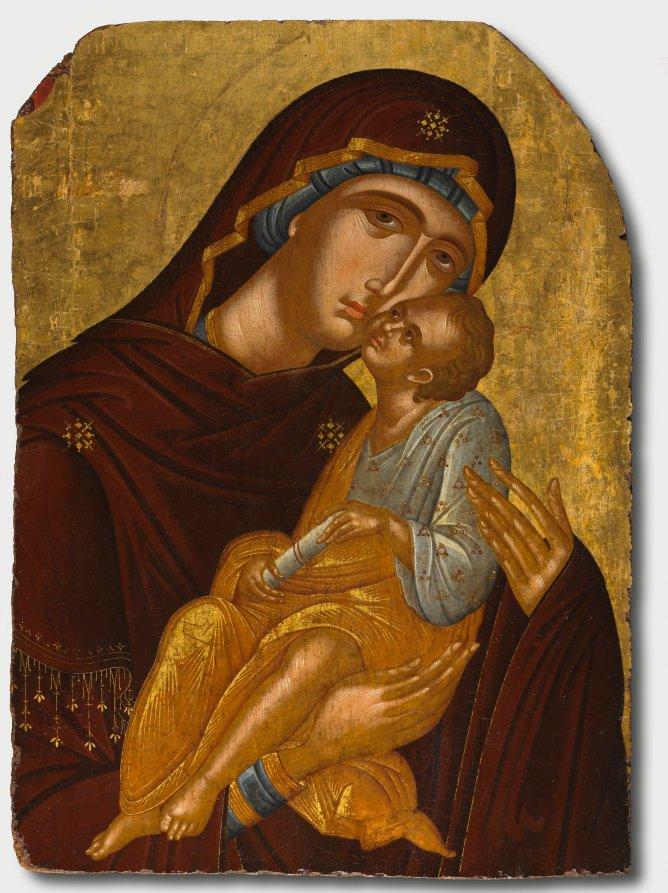
Atkinson Hyperlegible
This week I found out about Atkinson Hyperlegible which is, as the name suggests, a highly accessible (and freely available) font designed by the Braille Institute that was released in 2019.
"Hyperlegible exaggerates letter shapes so you can tell the difference between the letter “o” and the number zero (0), capital “i” vs. lowercase “l”, and the capital letter “b” vs. the number “8”.
Other design features include:
- Big open shapes
- Clear spaces inside letters (known as open counters)
- Distinct forms for commonly confused characters"
It is available as a Google Font.
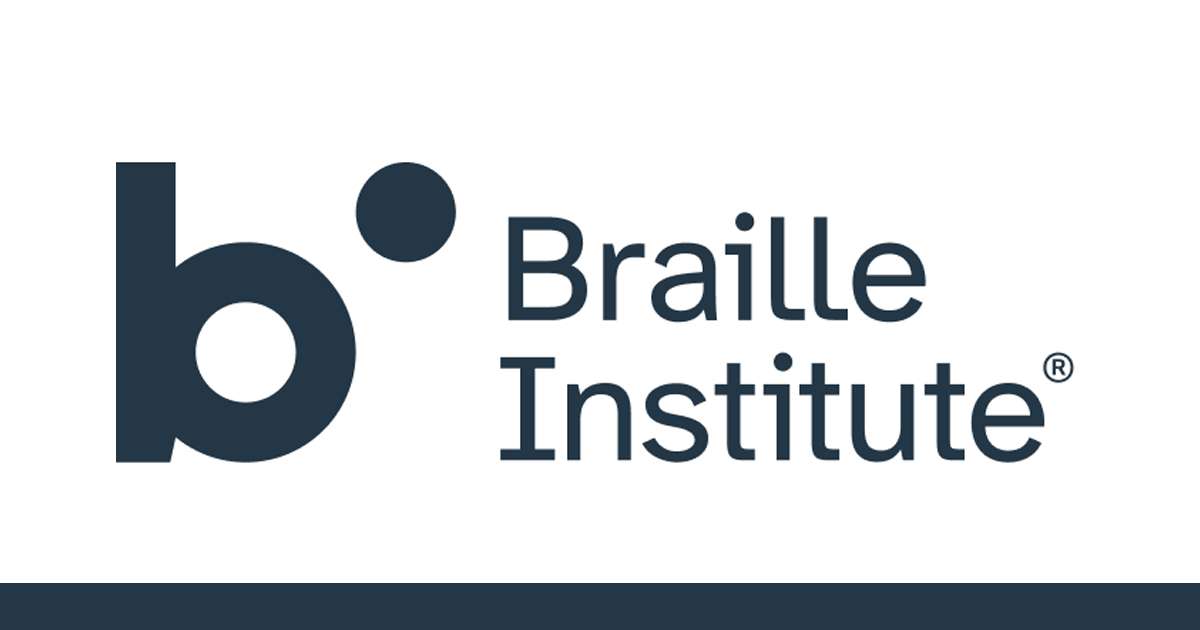
Computers that want things
A long read from James Meek in the London Review of Books that takes the AlphaGo vs Lee Sedol match as a jumping-off point to explore the unsettled (and unsettling) line between artificial intelligence as a tool and artificial intelligence as a would-be agent. The core anxiety he focuses on is not whether AI is clever, but whether it will one day desire.
"The moment would turn out to be the end of one world and the beginning of another: if it wasn’t quite the start of an epoch where humankind makes room for a more capable species, it was the last smoke break not overshadowed by the possibility of its happening in our lifetimes.
This new human anxiety is quite unmatched by any corresponding anxiety, let alone sense of triumph, on the side of artificial intelligences themselves. Nearly a decade later, the AIs of the world still couldn’t care less whether AlphaGo won or lost. For all the fluency and synthetic friendliness of public-facing AI chatbots like ChatGPT, it seems important to remember that existing iterations of AI can’t do that – care. The chatbot doesn’t not care like a human not caring: it doesn’t care like a rock doesn’t care, or a glass of water. AI doesn’t want anything. But this is bound to change."
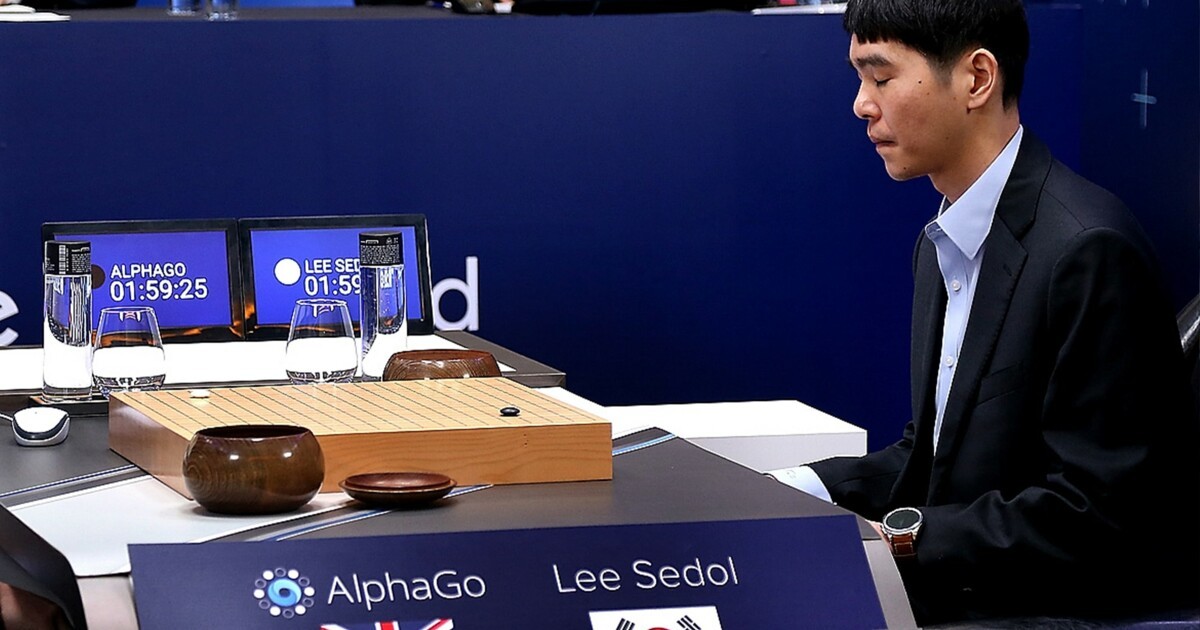
Let’s get fiscal: translating content impact for business leaders
More useful guidance from the always-great Lauren Pope.
"Content has a translation problem when it comes to measuring impact and communicating value. There’s a disconnect between what we care about as content professionals, and what matters to the leaders we report into.
One of the things I love most about content folks is how much we care. We care about doing the right thing, about the user, and their experience. We care about accessibility and inclusion. We care about quality, principles, and standards. We care about processes, governance, and spreadsheets.
But the leaders we report into don’t care about any of that. They might feign interest because they’re a good leader and/or a good person, but it’s not what matters to them, and it doesn’t help them.
Leaders care about:
- How content contributes to their overall strategic goals, whether that’s at an organisational level, or at a marcomms, digital, or product level
- How content is supporting success for the priority projects and initiatives they’re focused on
- What makes them look good to their boss, their peers, their board or trustees
And ultimately:
- The return on investment content is delivering
This mismatch leads to a lot of frustration. And it’s perhaps the reason for one of the most enduring frustrations in content: lack of recognition and the lack of investment that follows (especially when compared to other parts of the digital design system). "
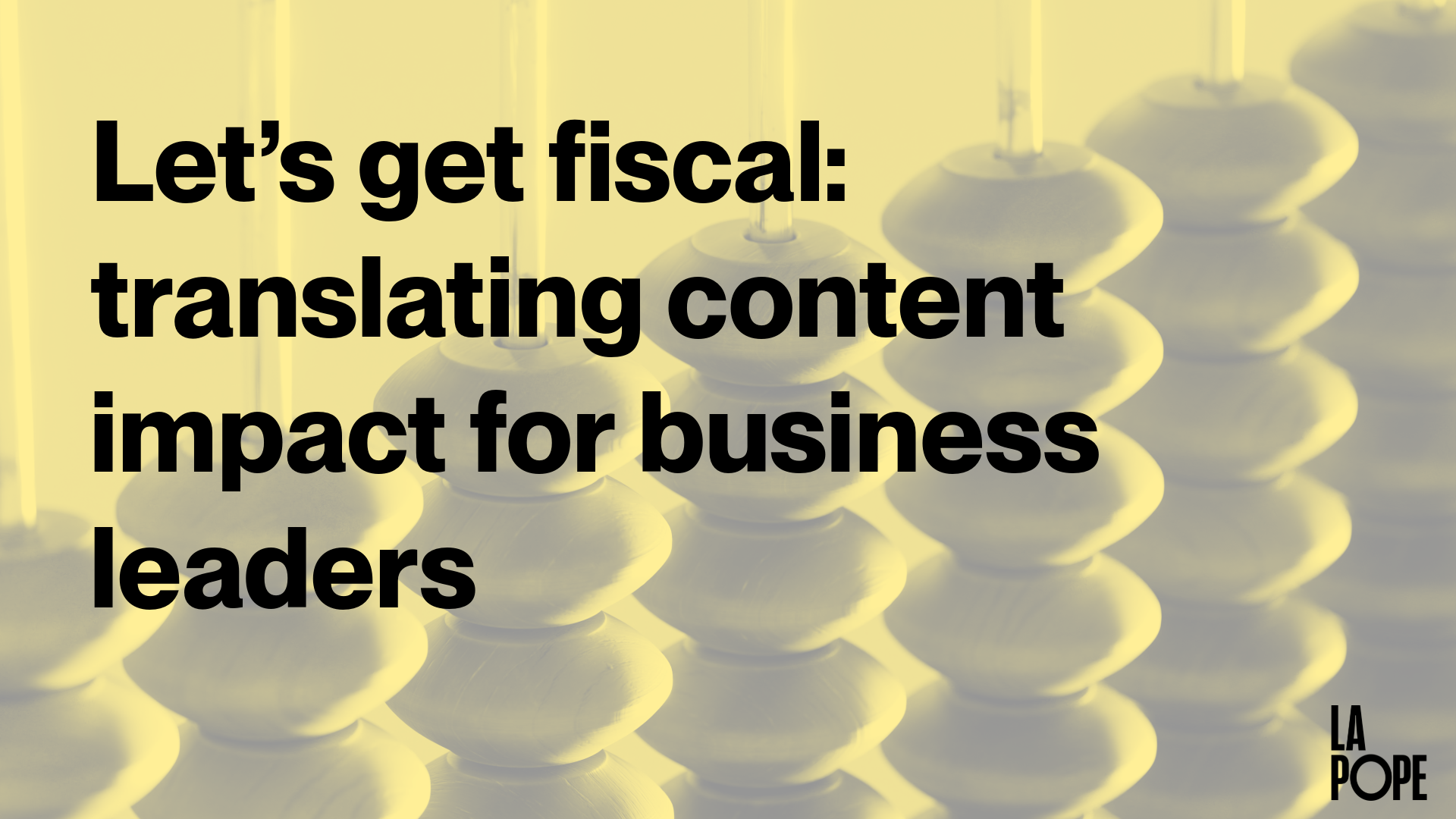
The discipline of focus, what makes a digital strategy work
I wrote a bit about the characteristics of effective digital strategy.
"In practice, good digital strategies are as much about what not to do as what to do. That might mean they give you the steer (and permission) to pause on a shiny new platform, resist the urge to spread resources too thin, or back away from initiatives that don’t build on organisational strengths and priorities. Good strategy gives you the basis to protect what matters most, even when resources are tight."

The AWS Outage Bricked People’s $2,700 Smartbeds
This week's AWS outage caused a whole load of havoc, so be thankful that you don't have a very expensive smartbed...
"Sleepers snoozing in Eight Sleep smartbeds had a bad night on Monday when a major outage of Amazon Web Services (AWS) caused their beds to malfunction. Some were left with the bed’s heat blasting, others were left in a sitting position and unable to recline. One woman said her bed went haywire and she had to unplug it from the wall."

What academics accidentally taught me about communicating research better
A good read from Wendy van Eyck about the importance of clarity and storytelling when you're trying to communicate something. The post is specifically looking at communicating research but I think there are probably broader lessons in there.
- What’s the one thing we want people to remember?
- What can move to the “sidebars”?
- How can we make it kind to read?

ChatGPT's Atlas: The Browser That's Anti-Web
A scorching piece from Anil Dash on ChatGPT's new browser.
"During its first run, there's a brief warning buried amidst all the other messages that says, "ChatGPT may give you inaccurate information", but nobody is going to think that means "sometimes this tool completely fabricates content, gives me a box that looks like a search box, and shows me the fabricated content in a display that looks like a web page when I type in the fake search box".
And it's not like the generated response is even that satisfying. The fake web page had no information newer than two or three weeks old, reflecting the fact that LLMs rely on whenever they've most recently been able to crawl (or gather without consent) information from the web. None of today's big AI platforms update nearly as often as conventional search engines do.
Keep in mind, all of these shortcomings are not because the browser is new and has bugs; this is the app working as designed. Atlas is a browser, but it is not a web browser. It is an anti-web browser."
It does seem that every new product OpenAI releases at the moment is deeply useless and yet another spout through which the world can be flooded with a growing deluge of slop.
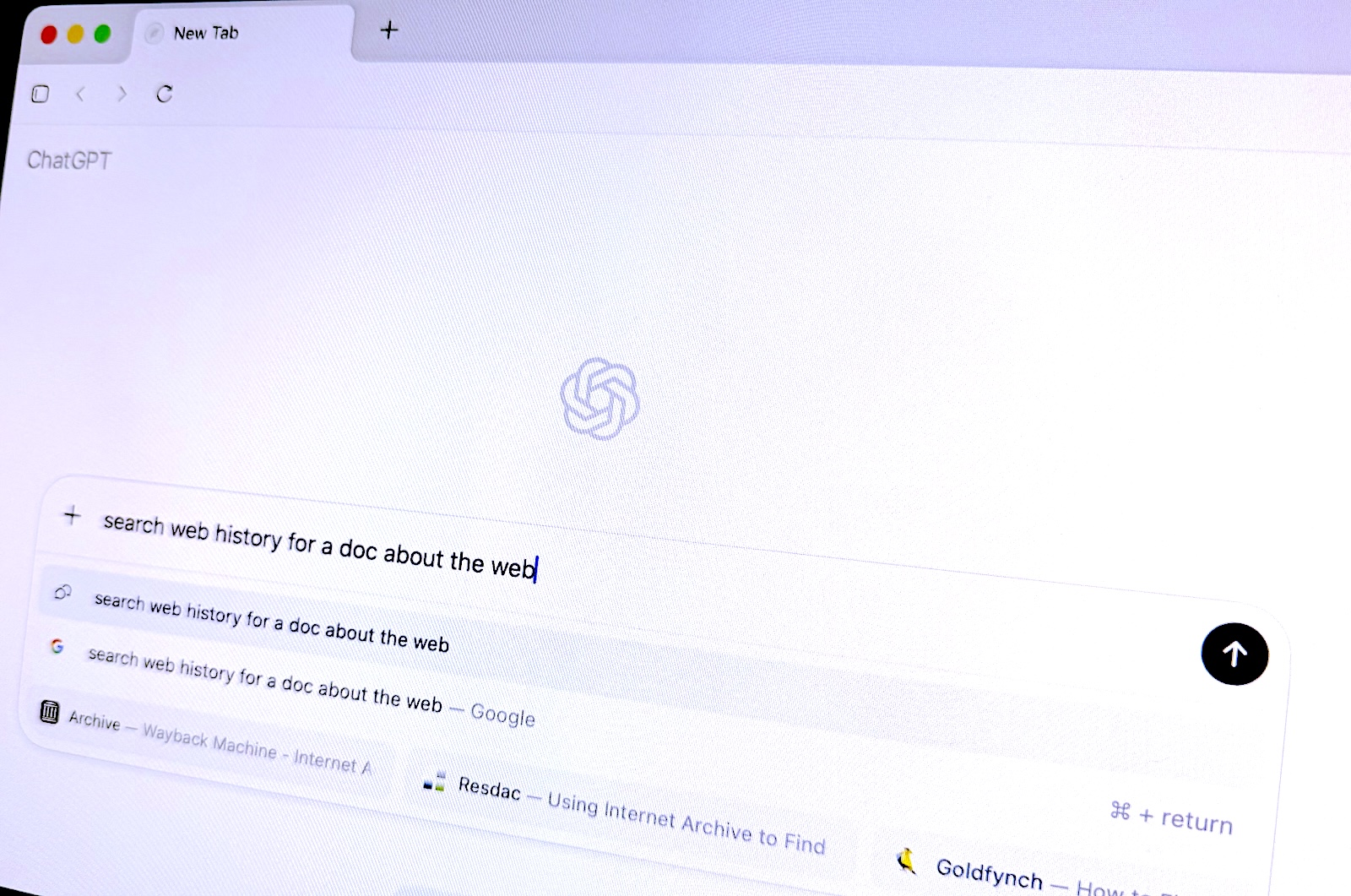
Werner Herzog is on Instagram
I missed this a couple of months back, but check it out for the extremely Herzog content (his latest reel was him talking about an ice axe).
His unboxing video is also enjoyable.
Last week's best things
Here are the three most popular links from last week's edition.
- Ben James on 'Aliveness and where to find it'
- Content Design London's Sarah Winters 'Sort out your content before AI does'
- Ettie Bailey-King '5 ways to use emojis accessibly'
This week's consumption
We watched quite a lot of season 3 of The Diplomat which continues to be one of my very favourite things on TV.
I finished reading North Woods by Daniel Mason (which was great, although a little too long) and have started The Lion Women of Tehran by Marjan Kamali.
See you next week
To finish, a quick reminder that I'm a consultant who helps cultural organisations do better digital work.
Here are some workshops I offer.
I'm also currently working with organisations on things involving:
- user research to inform digital investment priorities,
- technical strategy,
- leadership development,
- 'critical friend' advice,
- project governance,
- mentoring,
- digital strategy,
- and digital readiness.
If it sounds like I could be useful, then let's chat.
